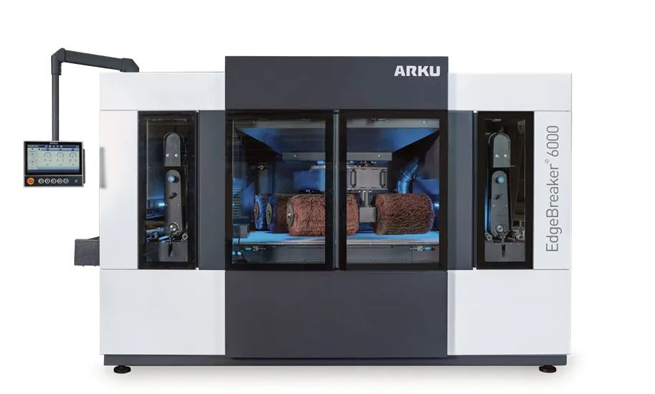
After deburring, although the burrs on the sheet metal parts have been removed, the edges are still sharp. If the customer's drawings specify the edge radius requirements for sheet metal parts, the processing enterprise must perform corresponding rounding treatment on the sheet metal parts.
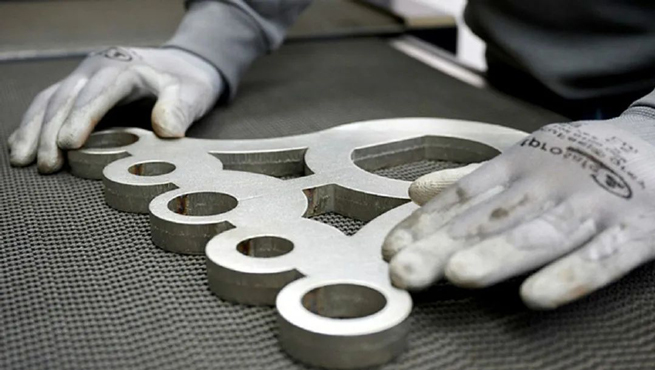
1. Better coating adhesion after rounding
During spraying processing, whether it is liquid or powder paint, the edges of the sheet metal parts will experience sliding paint when sprayed onto them. When the paint is soaked and cured, it may slip off sharp edges or burrs, unable to form a closed layer. The edges of sheet metal may be exposed to the air due to loss of protection, while also being affected by external factors. Therefore, sheet metal parts that require spraying should avoid sharp edges and corners, especially materials with a risk of corrosion.
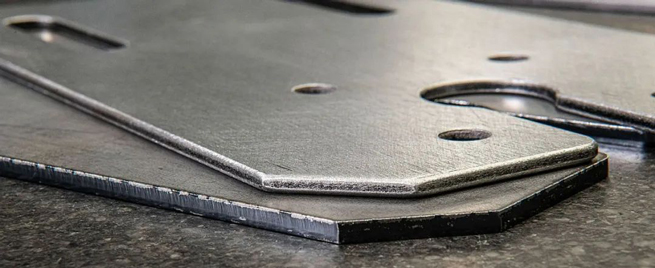
2. The necessity of rounding galvanized parts
Although there is no phenomenon of edge sliding paint in the zinc plating process, even at sharp corners and edges, the coating will automatically reach at least the same thickness as the surface coating. However, galvanized parts still have the need for edge rounding processing. The reason is that the galvanized layer near the edge area is more sensitive to mechanical loads or impacts than the smooth surface. Therefore, even if a single galvanized component passes the inspection after galvanizing or is intact when transported to the construction site, edge defects will appear shortly after assembly or put into use. Microscopic images show that according to the composition of the steel, there are obvious signs of the zinc layer structure being affected on the sharp edges of the coating. Even if the sheet metal parts of the same material are only slightly rounded, their edges clearly show a more uniform coating structure. Therefore, for example, the DIN EN 1090 standard requires that the edges of steel structural sheet metal parts must be rounded to a radius of at least 2mm to ensure the anti-corrosion effect of the sheet metal parts.
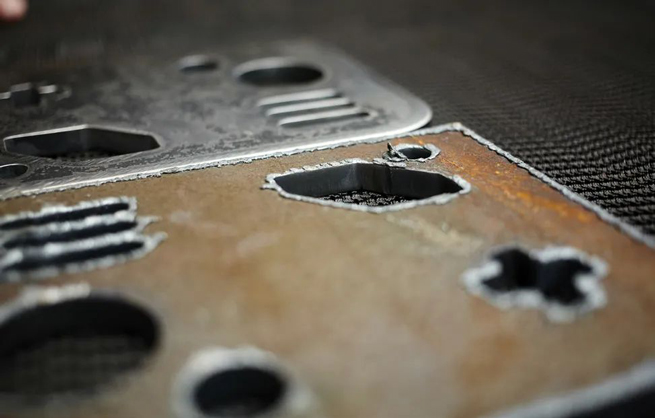
3. The chamfered sheet metal edge can prevent equipment from malfunctioning
Some sheet metal processing companies often overlook the rounding process of built-in parts, resulting in frequent equipment failures in finished products. The reason is that during the operation of the equipment, pneumatic or hydraulic hoses and cables will move back and forth. During continuous operation, if these hoses or cables travel along sharp metal edges, they will inevitably be damaged. Filleting the edges of sheet metal is the most direct and effective solution to eliminate this hidden danger.
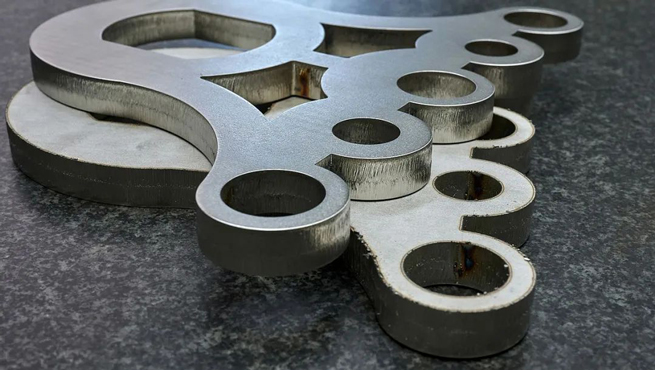
4. Avoiding work-related injuries after chamfering
Sharp sheet metal parts have sharper edges than sharp blades, which can easily cause personal injury. Every enterprise hopes to avoid these injuries, so edge chamfering is an absolutely necessary processing process. Similarly, in carrying parts and other work that requires wearing protective gloves, gloves are not allowed to be cut by sharp sheet metal edges. At this point, chamfering the sheet metal parts is also essential.
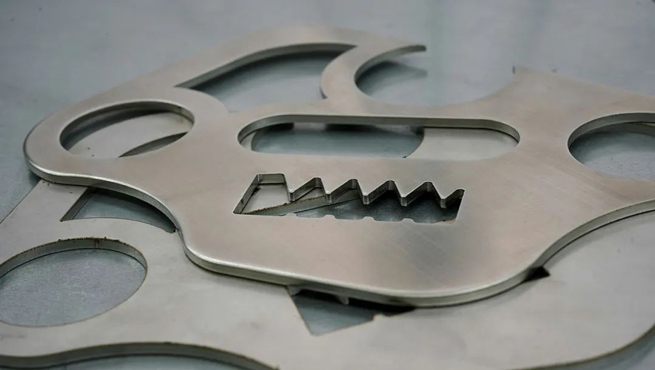
5. Fillet treatment - for personal work safety
In addition to customers, employees of the processing enterprise themselves can also benefit from the chamfering process. Just like users, they may be cut by sharp sheet metal edges. Although protective gloves provide some protection, they also gradually wear out. Therefore, trimming and rounding the edges of sheet metal can better ensure the safety of the enterprise's own operations.
In summary, chamfering is one of the multiple tasks undertaken by the deburring machine . Sheet metal parts that have only undergone deburring processing still have sharp edges, which can pose hidden dangers to subsequent processing. You can choose to configure a special rounding tool in the deburring machine as the second process after deburring, which removes the secondary burrs generated after deburring while rounding the edges and corners.
